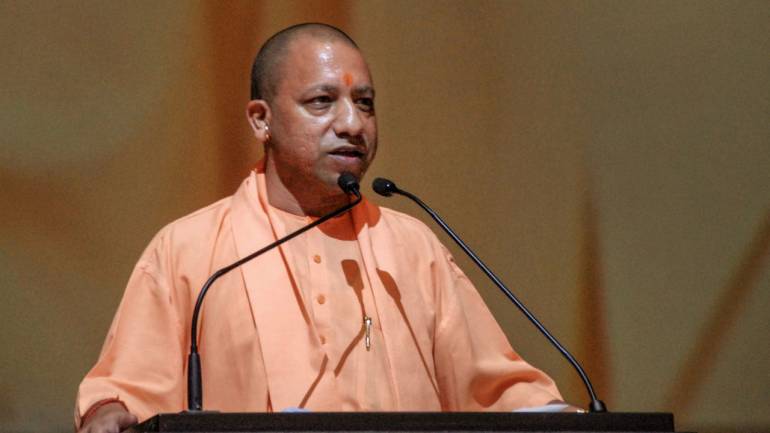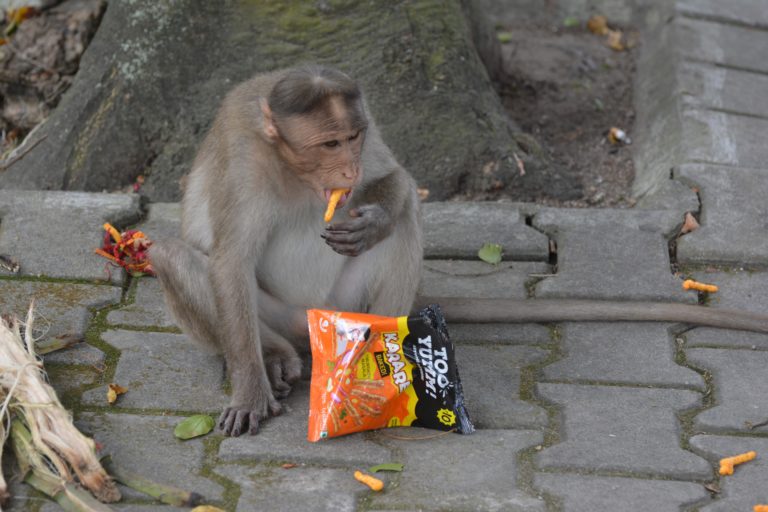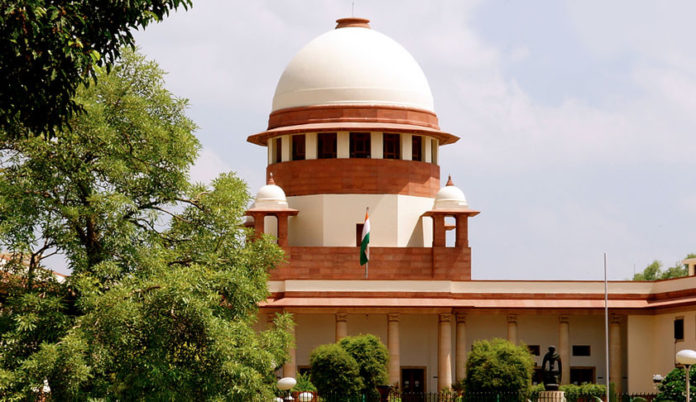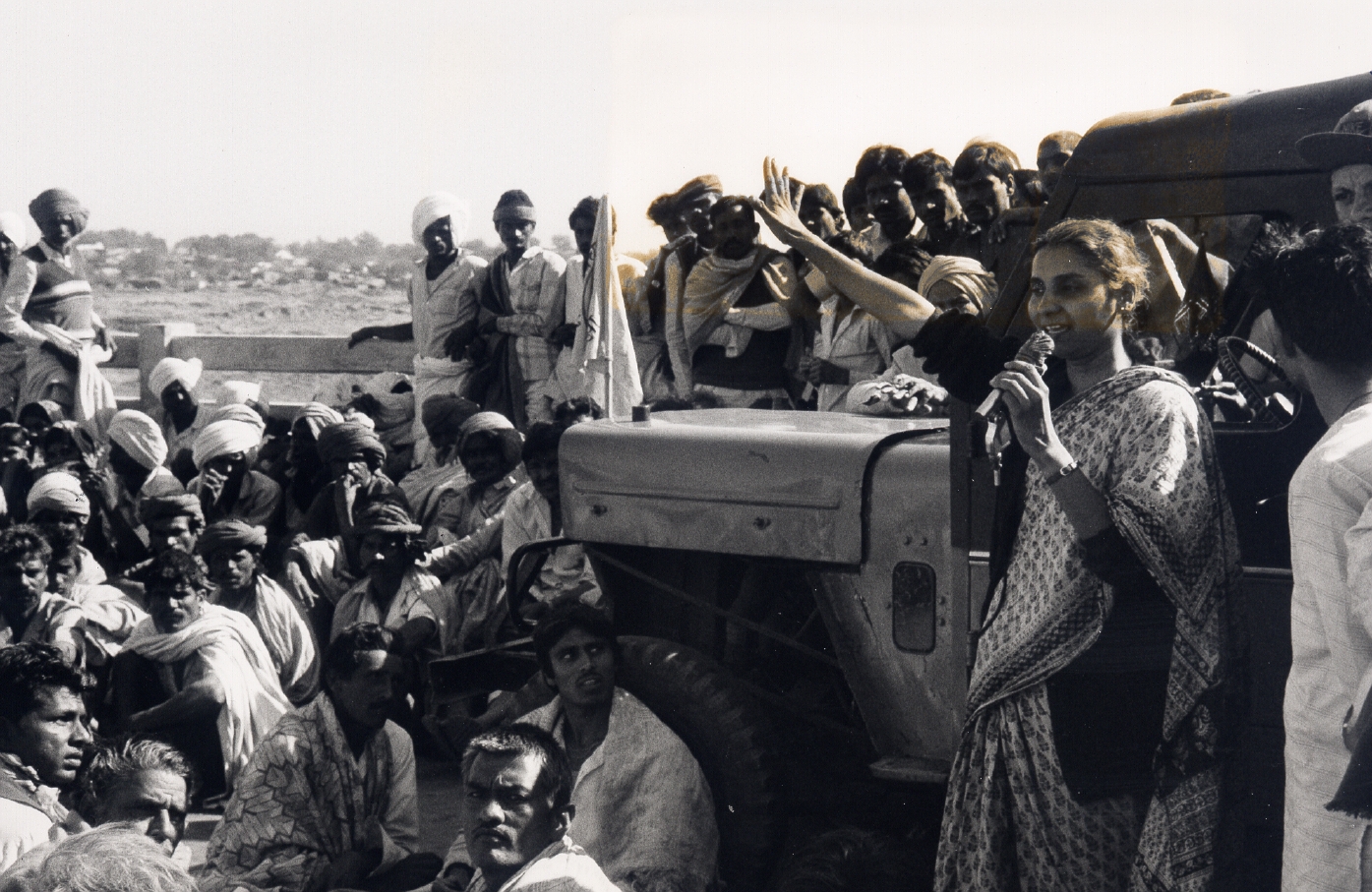There are diverse ways of interpreting the historic judgement on Ayodhya the Supreme Court delivered on November 9, 2019. Well, given the prevailing situation in the country characterised by heightened emotions centred on religion and identity, it can be regarded as a ‘practical’ judgement. At least, as it is believed by many, it would assure ‘peace’, and satisfy the ‘sentiments’ of the majority community!
However, it is not very clear what it means when the Court regarded the act of demolition of the mosque as illegal. Does it imply that those who were engaged in that shameful act (and don’t forget that the ruling regime cannot be separated from them) on December 6, 1992 would be punished?Or, is it that the allotment of 5 acres of land at a ‘prominent’ place at Ayodhya for constructing a mosque is merely a consolation prize for the Muslim community? Possibly, in the coming days, legal experts and political analysts would continue to see the possibility of multiple readings of the judgement.
Yet, what should not be forgotten is that the real issue of concern is not merely about the technically of the legal interpretation. As a matter of fact, the judgement leads us to think about secularism, pluralism and the priorities of the nation. At a time when the might of majoritarianism (or totalitarian Hindutva politics) has already generated intense ontological insecurity, psychic wound and survival anxiety among the minorities, it would not be altogether wrong to say that in the judgement the Muslims might find yet another reason to feel marginalised. The abrogation of Article 370, the ban on Triple Talaq, and now the temple at the ‘disputed’ site (yes, it should not be forgotten that not all historians necessarily agree with the ASI report on which the Supreme Court relied heavily to conclude that there was a ‘non-Islamic’ structure on which the mosque was built): it is not altogether impossible to discover a pattern: the continual march of the triumphant Hindutva force, and increasing marginalisation of the minorities.
Does it imply that those who were engaged in that shameful act (and don’t forget that the ruling regime cannot be separated from them) on December 6, 1992 would be punished?Or, is it that the allotment of 5 acres of land at a ‘prominent’ place at Ayodhya for constructing a mosque is merely a consolation prize for the Muslim community?
Will the post-judgement scenario promote the ground for cementing the core values of secularism? Or, will it it further generate fear among the minorities, and eventually confuse secularism with the ideology of hegemonic Hindutva? Likewise, if secularism requires the spirit of symmetrical cultural pluralism, are we really moving towards it? Well, we know that one of the fundamental lessons of the freedom struggle was the idea of India as a site of cross-religious dialogue and cultural syncretism. Gandhi strove for it; Tagore visualised it; and Nehru and Azad lived for it, even though the nation was passing through the partition trauma. Today when the politico-cultural landscape is filled with the ugliness of cow vigilantism, mob lynching and forceful chanting of ‘Jai Shri Ram’, is it really so easy to feel certain of the spirit of pluralism? Even though Prime Minister Narendra Modi chose to address the nation after the judgement, and equated the event with the fall of the Berlin Wall, and hence a moment of togetherness, the fact remains that through its every act, be it the handling of Kashmir or the introduction of NRC in Assam, the ruling regime is constructing more and more walls of separation. With the assertive Hindutva and stigmatised Muslims, it is certainly not the best time for cultural pluralism.
Finally, when do we learn to distinguish our true needs from the false ones? Hindus, Muslims, Sikhs, Jains, Buddhists, Christians, atheists: we all need meaningful education, dignified living, physical/psychic health, clean air, and freedom from hunger and malnutrition. Yet, we are led to believe that nothing matters more than the construction of a temple or a mosque. As zealots and propaganda machineries invade our inner worlds, we forget what unites us: our shared humanity, and our collective struggle for material and spiritual prosperity. And we also negate the heritage of Kabir, Nanak and Nizamuddin Auliya, and the true of spirit of religiosity as love, compassion and openness; instead, we reduce religion into a mere identity marker, a sword of hatred, an object of group narcissism, or an ideology of militant nationalism.
Let the judgement be interpreted by the jurists and experts. But we cannot afford to forget the malice that has poisoned our minds, and severely damaged the possibility of a truly cross-religious/cross-cultural dialogue as a spirit of enriched civic life.














